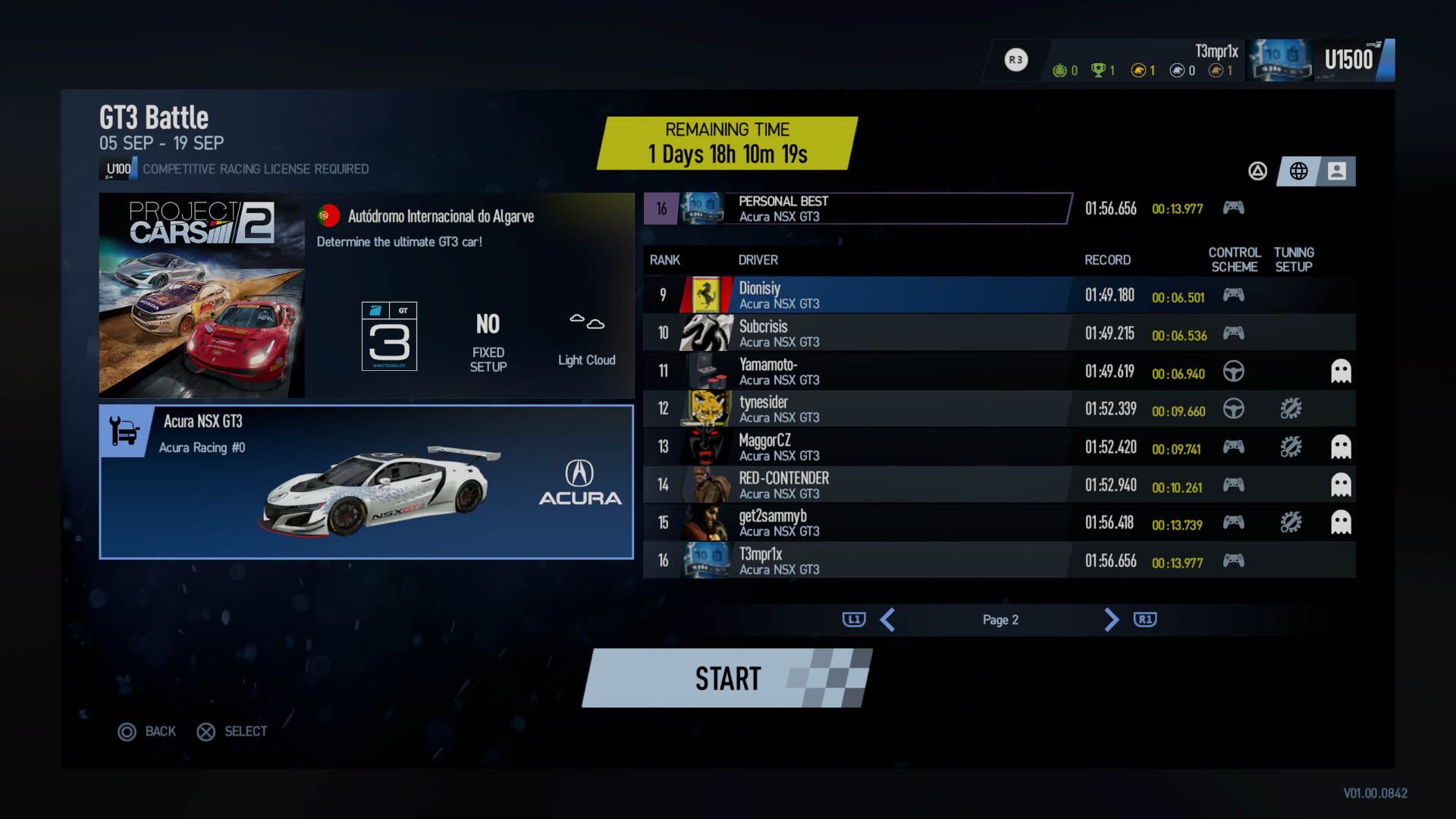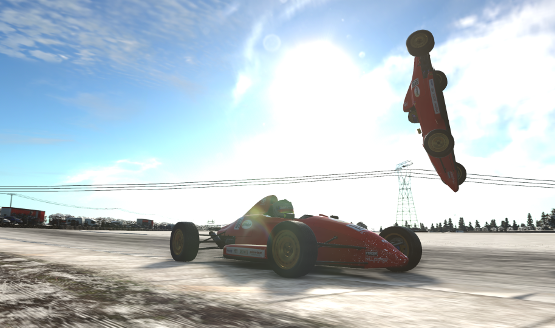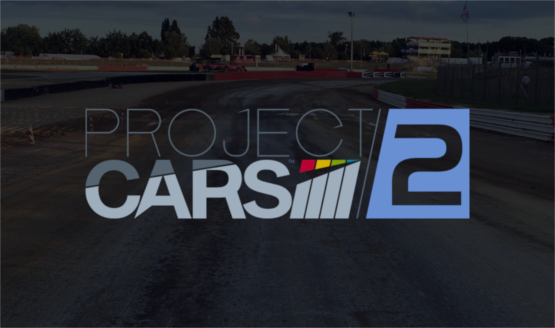
The original Project CARS was a great entry in a brand new franchise, from the racing game veterans at Slightly Mad Studios. Drift ahead two years later, and we have arrived at the launch of the sequel. Has Project CARS 2 improved upon its predecessor in meaningful ways? We’ve clocked thousands of laps, and have our review ready below.
Focused Career
One of the major points of contention among some gamers was the lack of a traditional career mode in the original Project CARS. That has been rectified here in the sequel. Now, a proper career can be started in any of the game’s multiple types of racing series. You can choose open-wheel, rallycross, officially licensed IndyCar, oval racing, and more. What’s more, you don’t have to start at the very bottom/entry-level series of a motorsport if you don’t want to. You’ll still need to earn your way into the top-tier championships, but at least now if you don’t want to be bothered with teetering around in a kart to get to the WRC, you don’t have to be. On the other hand, playing through and performing well on each championship will net you some invites to new events, which give you more reasons to continue to play Project CARS 2.
Do you enjoy tweaking every aspect of your car’s setup? Love tuning to your heart’s content, until you’ve shaved off every last thousandth of a second your current driving skillset can earn you? Perhaps you don’t really dabble in dampers, camber, or even the “simple” gear ratio mumbo jumbo. Either way, Project CARS 2 can accommodate. For the expert mechanic, or those who aspire to be, you can realistically mess with every part of your car. For those less inclined, you can simply ask your friendly neighborhood mechanic for advice. Describe how your car is driving, and they will make suggestions for which setting to modify. You can then either use their suggestion, or try something else. It’s an intuitive system that takes a lot of the mystery out of tuning cars, while also perhaps teaching the driver a thing or two about tuning.
Project CARS 2’s main differentiating feature is the LiveTrack 3.0 functionality. Developer Slightly Mad Studios has taken great care to constantly calculate how every square inch of the track is going to react to not only the heavy cars racing on them, but also such things as weather conditions. The most obvious example of this is the loss of traction when racing in the snow. But an arguably more impressive scenario is when it begins to rain while a race is ongoing. At first, tires will lose some grip, and lap times will slow. But soon, if the rain doesn’t let up, puddles will form wherever there is a dip in the road and inadequate drainage. This can mean that the apex of a turn is no longer safe, and you may run the risk of hydroplaning if you approach the turn as if the conditions were still dry. Weather progress throughout longer races in real time, so if you can weather the storm, eventually the track will dry up and your lap times can improve.
Plenty of Other Options
If you’ve had enough of the career mode, there is plenty else on tap to appease your racing appetite. Custom races allow you to set all the rules, such as removing penalties so that you can turn a supercar race into something more resembling bumper cars. These races can be saved to favorites to be used in a pinch later. Community events are set by the developer, and usually entail a specific set of rules, car, and other event modifiers. The best times will be posted to an online leaderboard. What’s more, if someone on the leaderboard modified their car’s tuning, that exact setup can be replicated on your own game, to give you a fair shot at besting their time.
Project CARS 2 also includes all the statistics on your driving that you could ever want. Among the stats included are total time spent driving, time and distance traveled in each car, track, preferred track—the list goes on. You can choose to display your first and last name, country, and initials (which show up on leaderboards and in-game scoreboards), all of which is fairly standard stuff. But you can also use the impressive photo mode to frame up a perfect shot of you in action to share with the world. You are also able to share pictures and full replays of races you participated in (provided the races aren’t too lengthy).
Project CARS 2 includes High Dynamic Range (HDR) support. So, for those playing on a compatible television, the blues of the sky will pop out against the greens of the grass of the infield as you fly by the scenery on your way to the podium. Yet, the overall graphical quality on display here left me wanting so much more. It was a challenge to determine what, exactly, it was that was causing me to feel this way about Project CARS 2. Finally, in examining my screen captures, I figured it out: the car models are exquisite, but the environment (apart from the sky/dynamic lighting system) was left lacking. While the LiveTrack 3.0 features are impressive, they come at what must be a hefty computing cost. This means that although the track and wear-and-tear effects on vehicles may be the most realistic in a racing game to date, the game itself can’t present the highest level of detail unless you are on particularly beefy hardware.
Easy on the Pro
As if to verify my claims, the PlayStation 4 Pro I was running the game on barely broke a sweat in all the modes that Project CARS 2 has to offer. There are no options to enable extra graphical fidelity on the PS4 Pro, either. Considering the level of detail on every other aspect of this racer, the loss of some of the shine present in games such as Driveclub are not really noticeable because the rest of the game is a pleasure to play. Certainly, graphics are not everything in a racing game.
Audio is very important for any racing game. Project CARS 2 delivers authentic sound work, and it even includes a slight muffling effect when you enter the cockpit helmet camera view. However, some of the lower-tier cars sound very generic. The differences in audio quality become more apparent in the replay engine. Cars which are some distance from the camera hardly sound any quieter than those that are passing right by, which results in some less-than-exhilarating replays.
Project CARS 2 is a solid entry, and a good continuation of the series. A solid focus in its career mode combine with tight community integration, which all mixes with a heaping helping of esports activities, giving fans and new racers alike plenty of reasons to buy Project CARS 2. While it may not boast the best visuals of console racing games, and the replay engine could’ve used a bit more polish, these are minor faults in an overall fun racing simulator. See you on the track.
Project CARS 2 review code provided by publisher. Reviewed on PS4 Pro. For more information on scoring, please read our Review Policy here.
-
All the tuning racers could ask for
-
LiveTrack 3.0 ensures each race is unique
-
A more focused career mode
-
Environment graphics don't match up
-
Replay engine feels weak
Project CARS 2 Review
-
Project Cars 2 Review 01
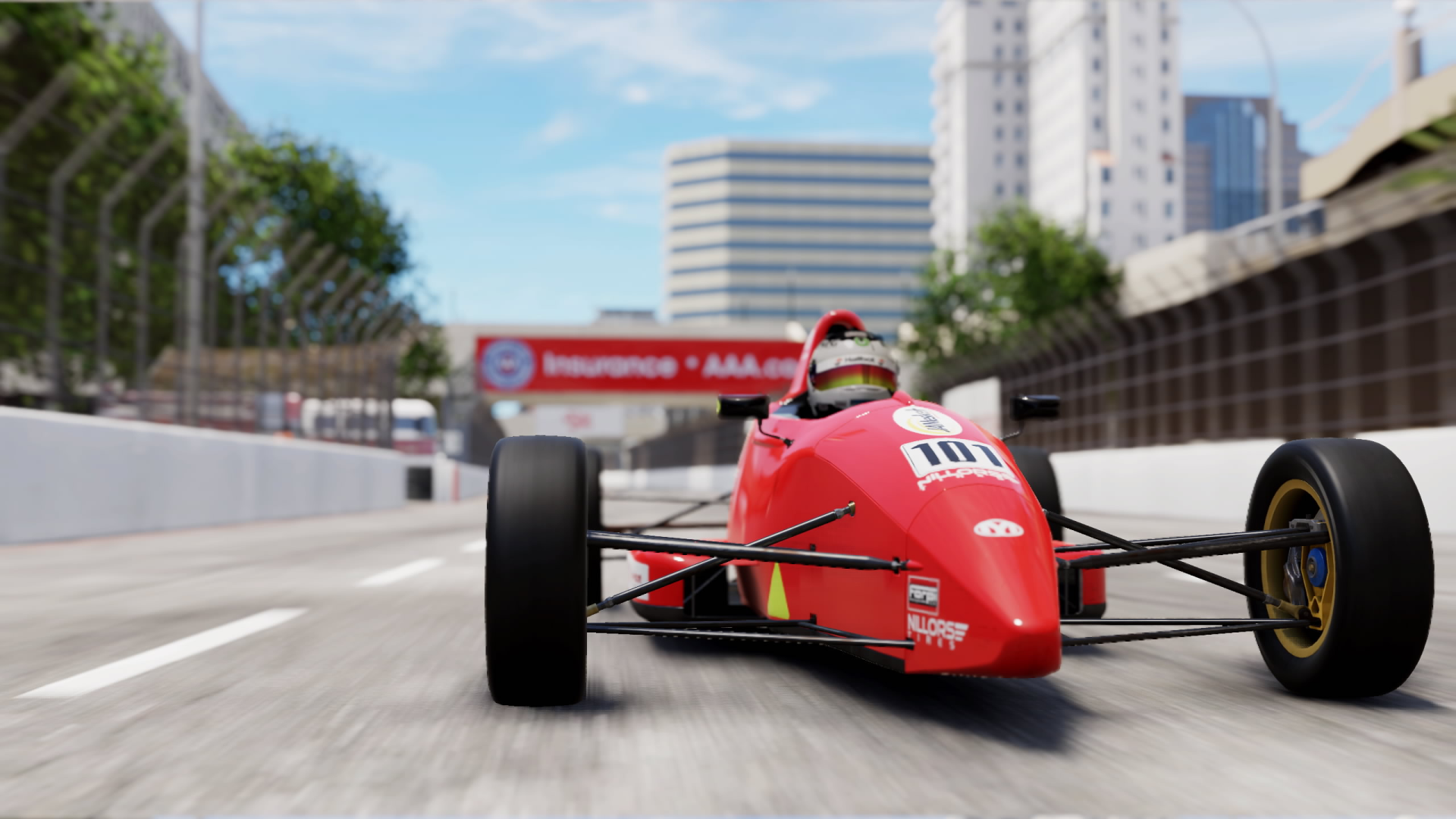
-
Project Cars 2 Review 02
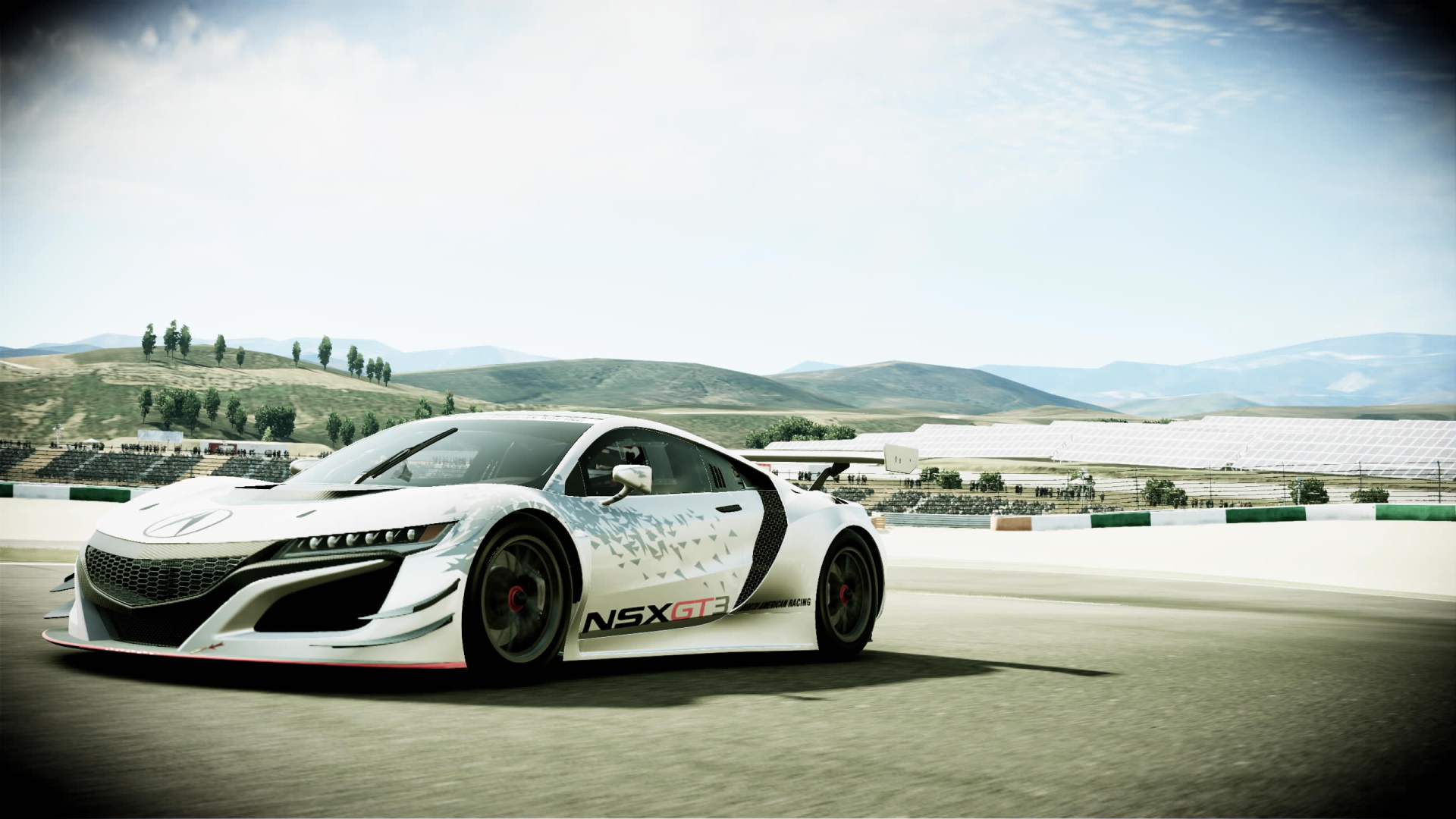
-
Project Cars 2 Review 03
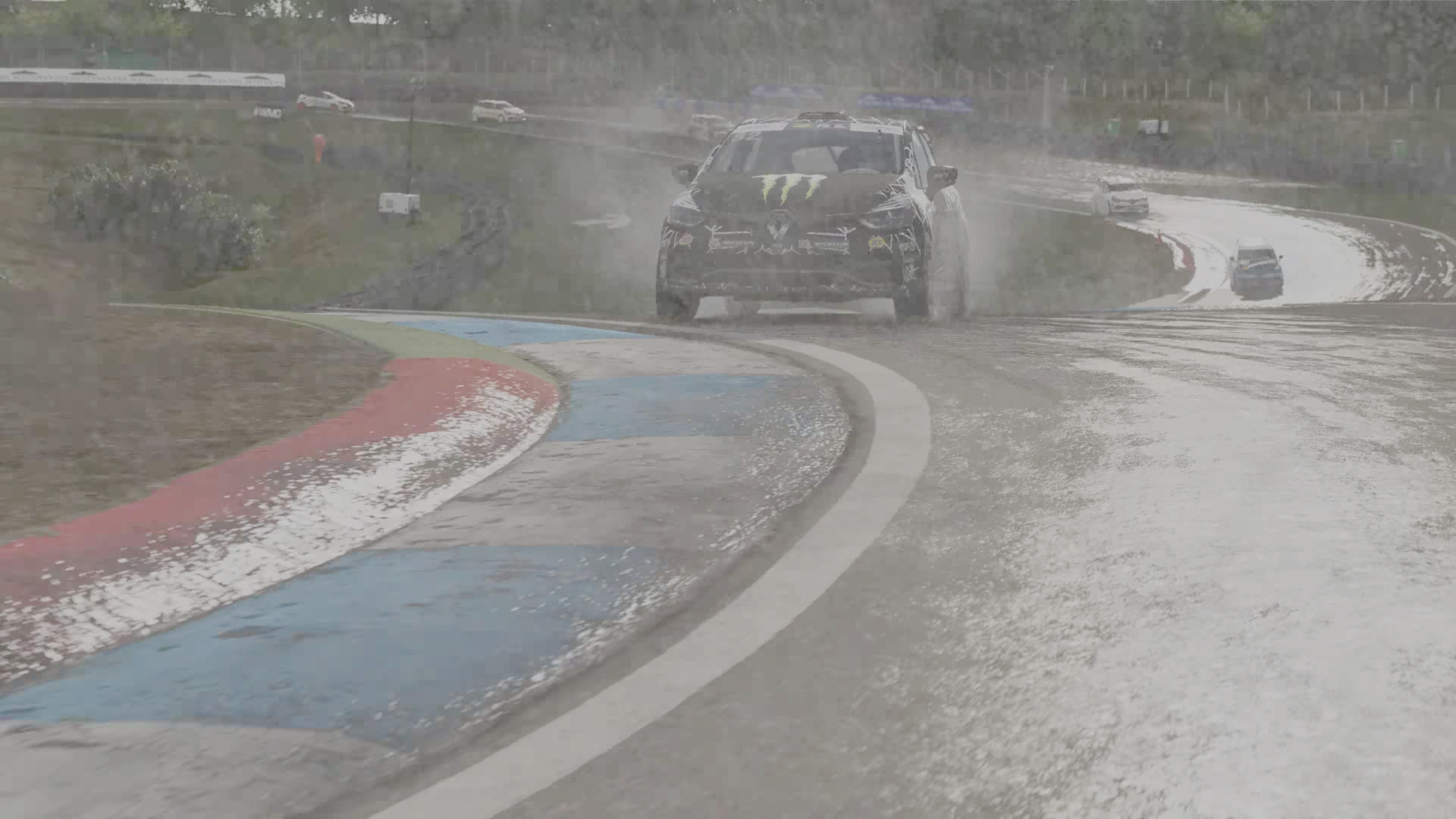
-
Project Cars 2 Review 04
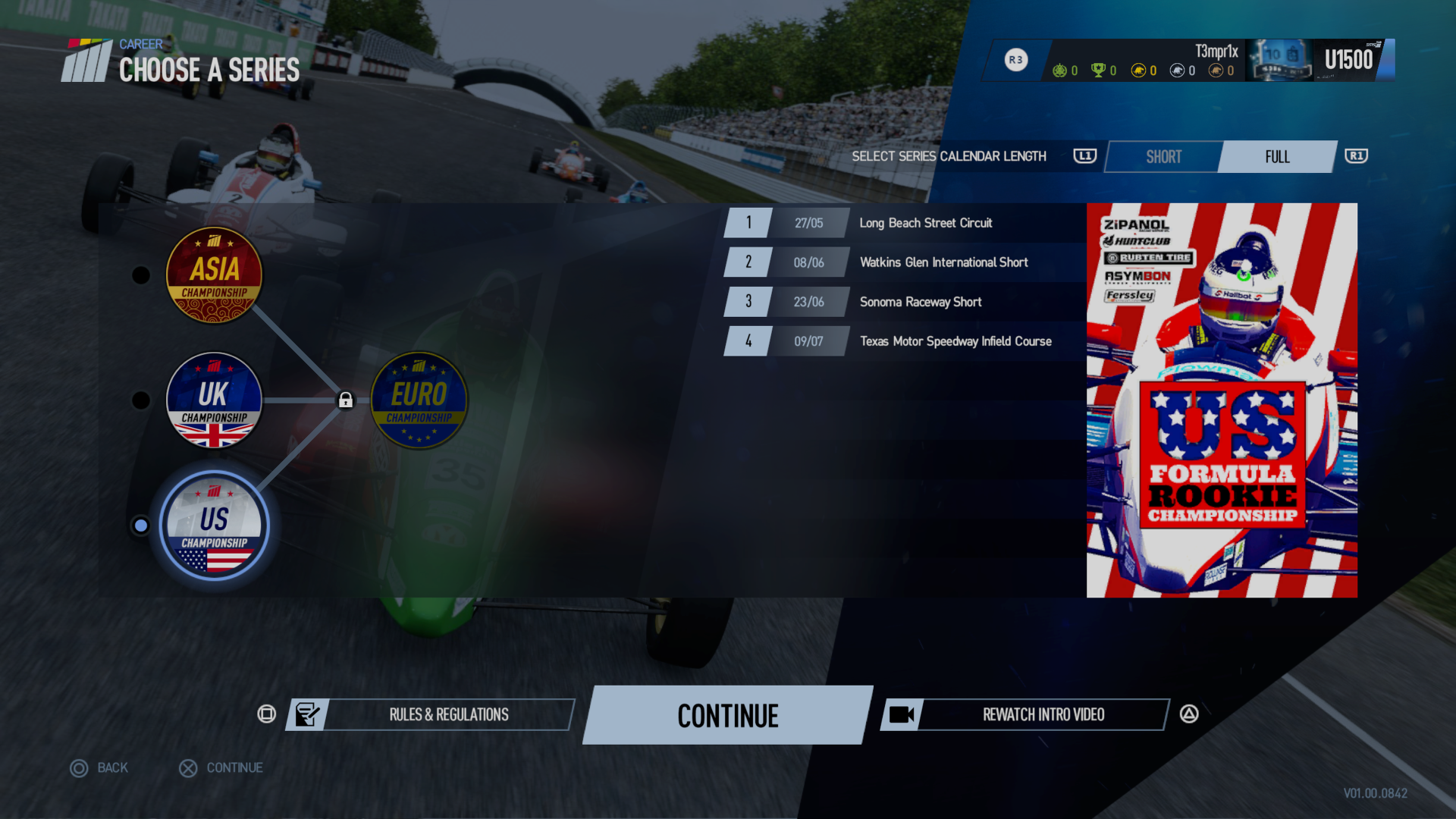
-
Project Cars 2 Review 05
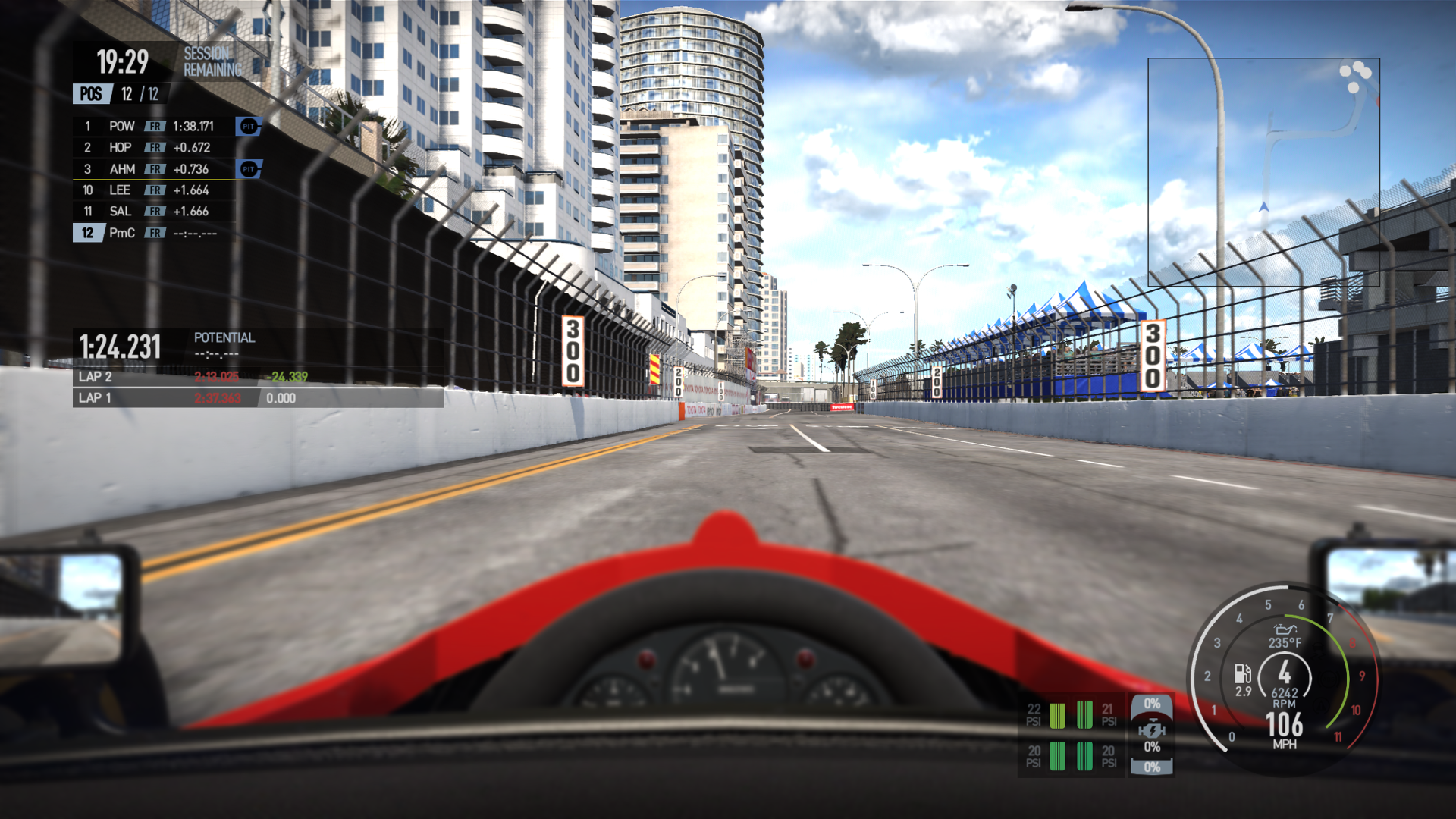
-
Project Cars 2 Review 06
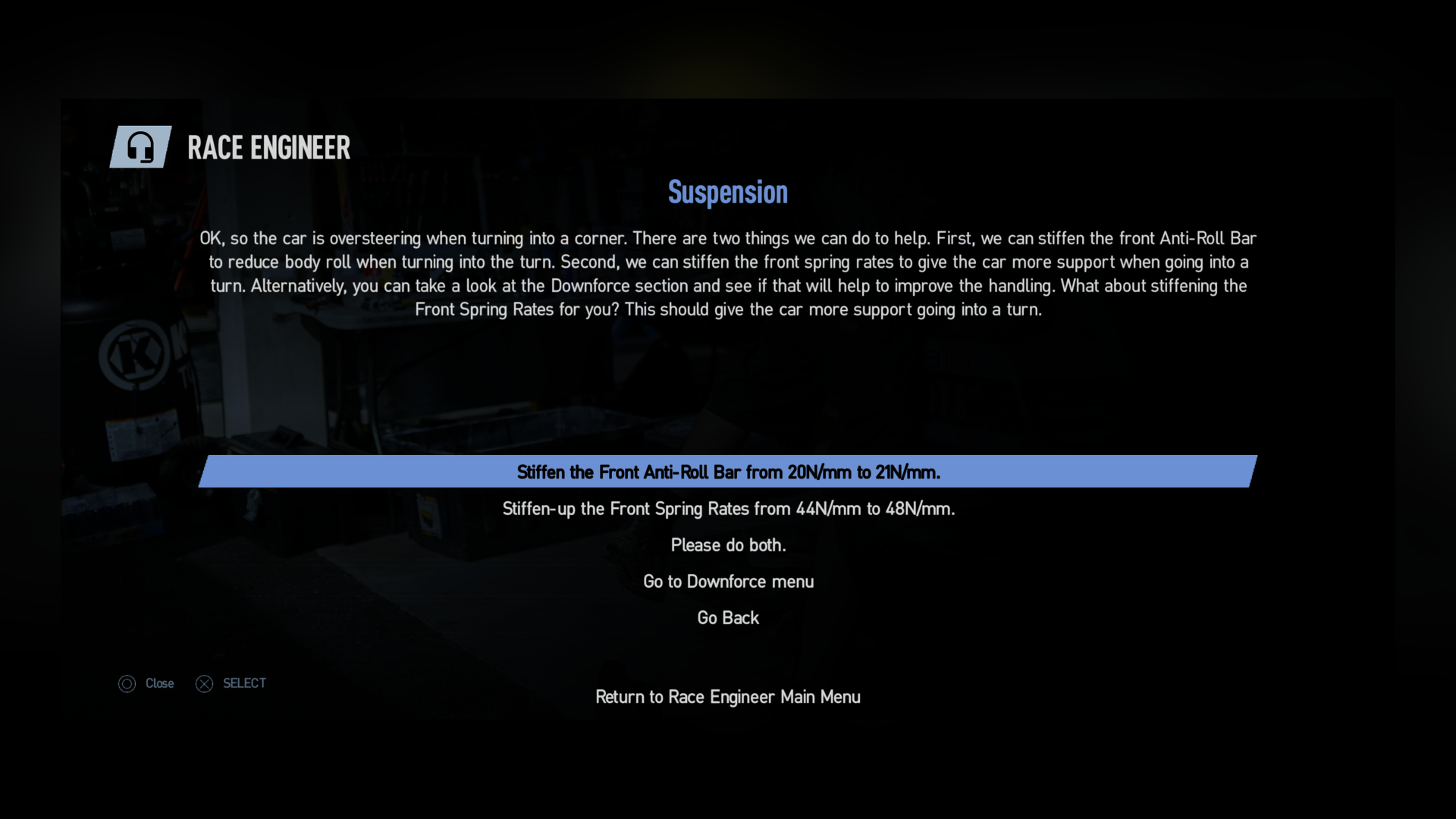
-
Project Cars 2 Review 07
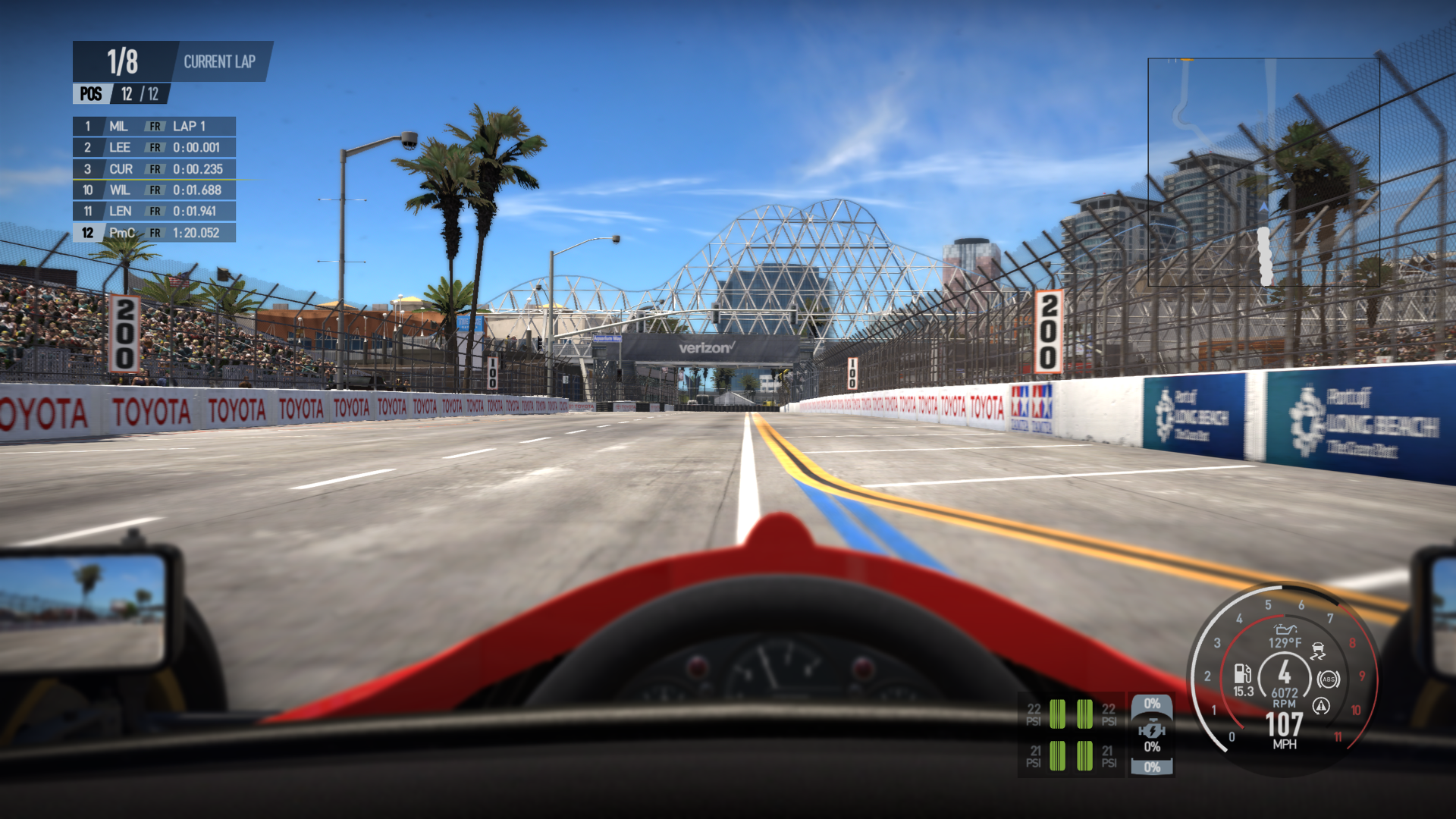
-
Project Cars 2 Review 08
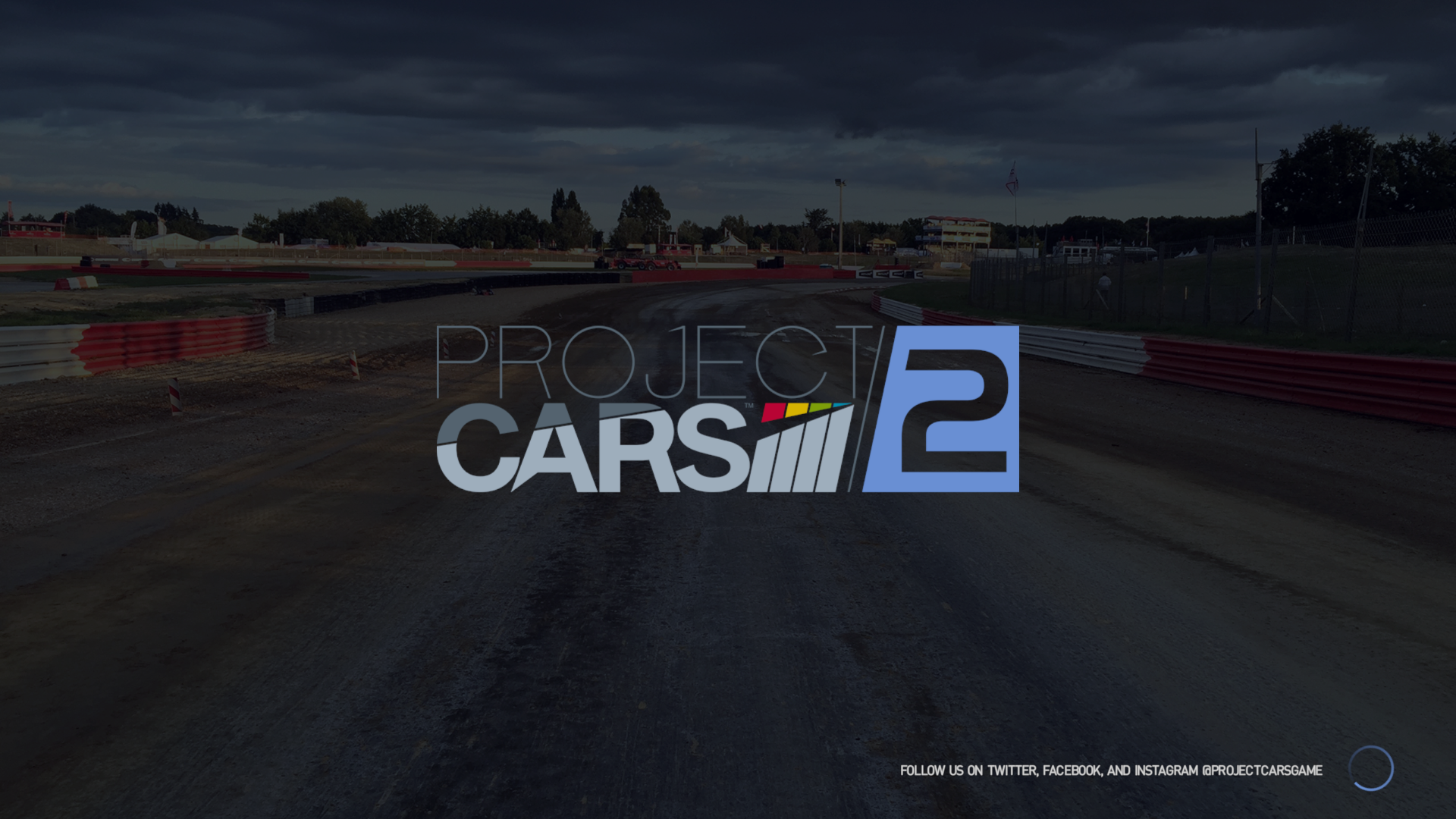
-
Project Cars 2 Review 09

-
Project Cars 2 Review 10

-
Project Cars 2 Review 11

-
Project Cars 2 Review 12
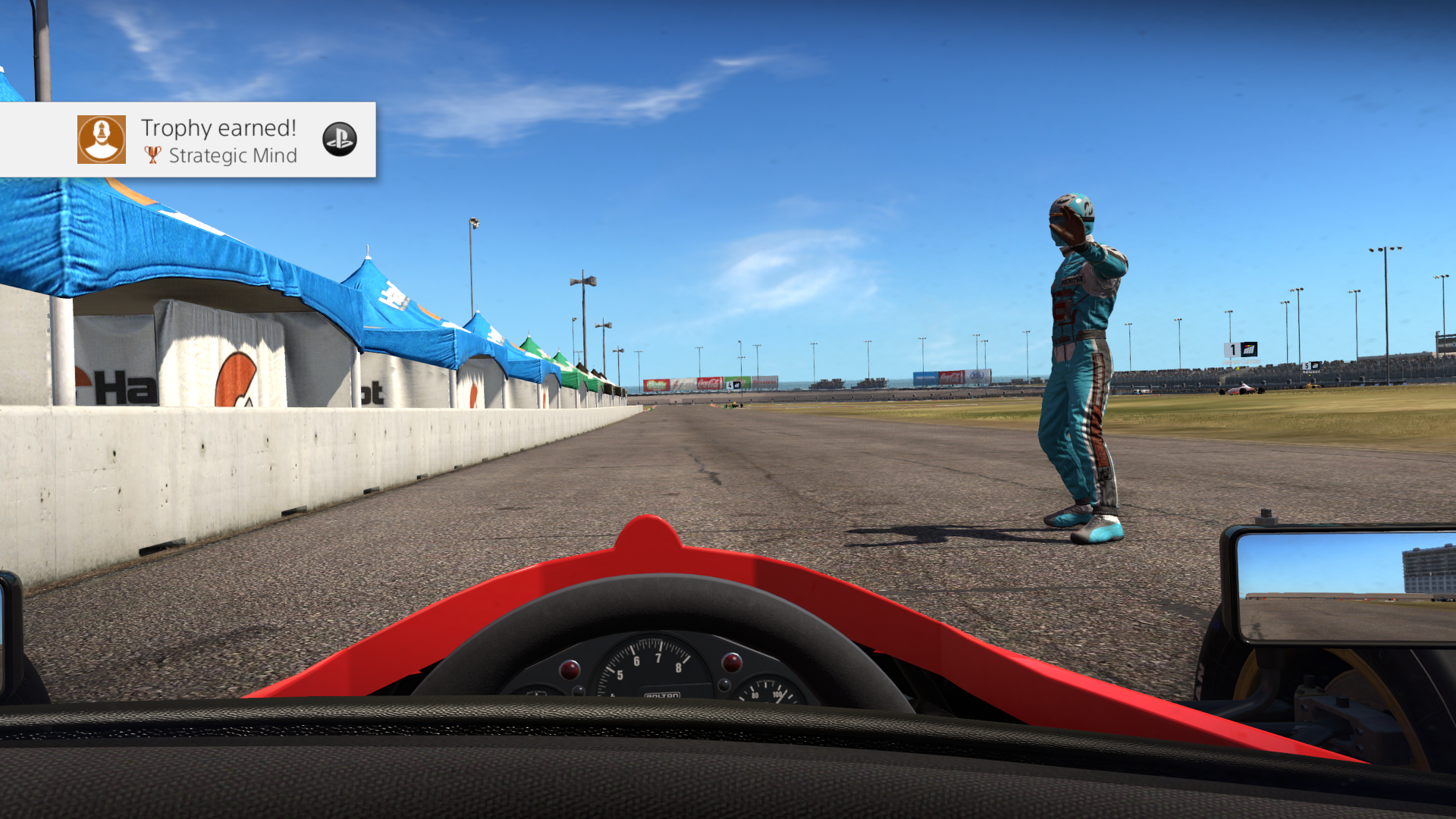
-
Project Cars 2 Review 13
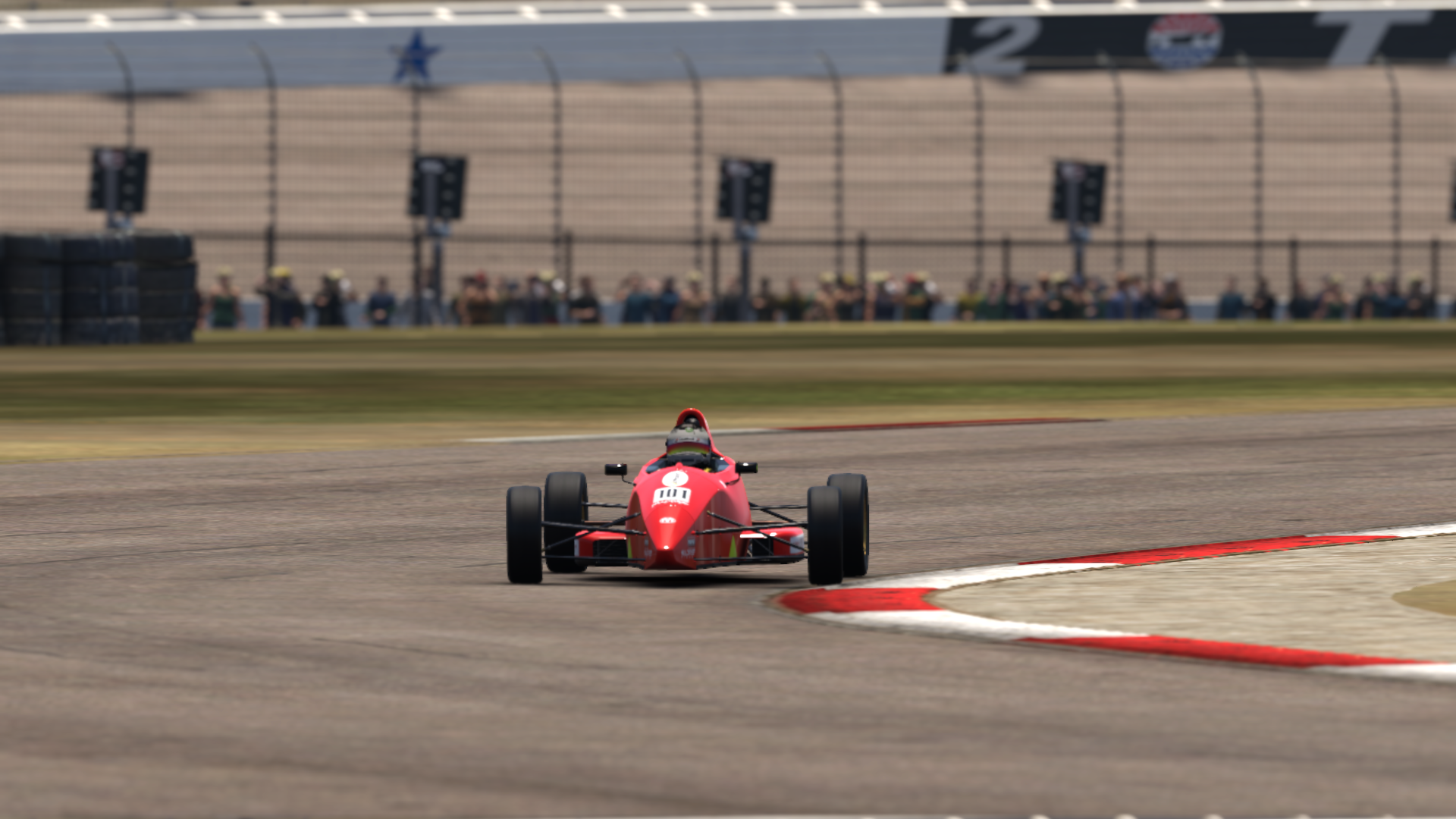
-
Project Cars 2 Review 14

-
Project Cars 2 Review 15
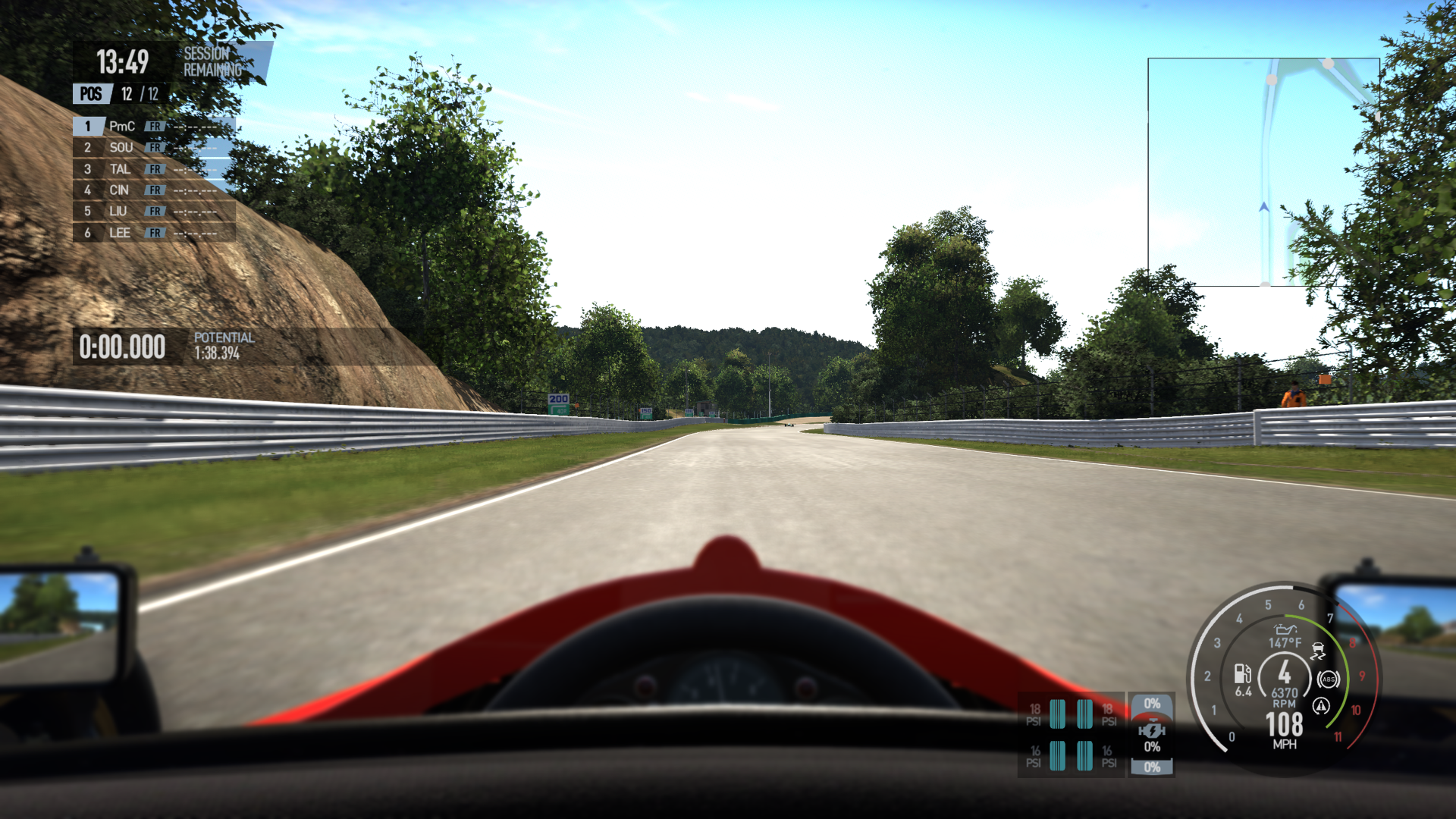
-
Project Cars 2 Review 16
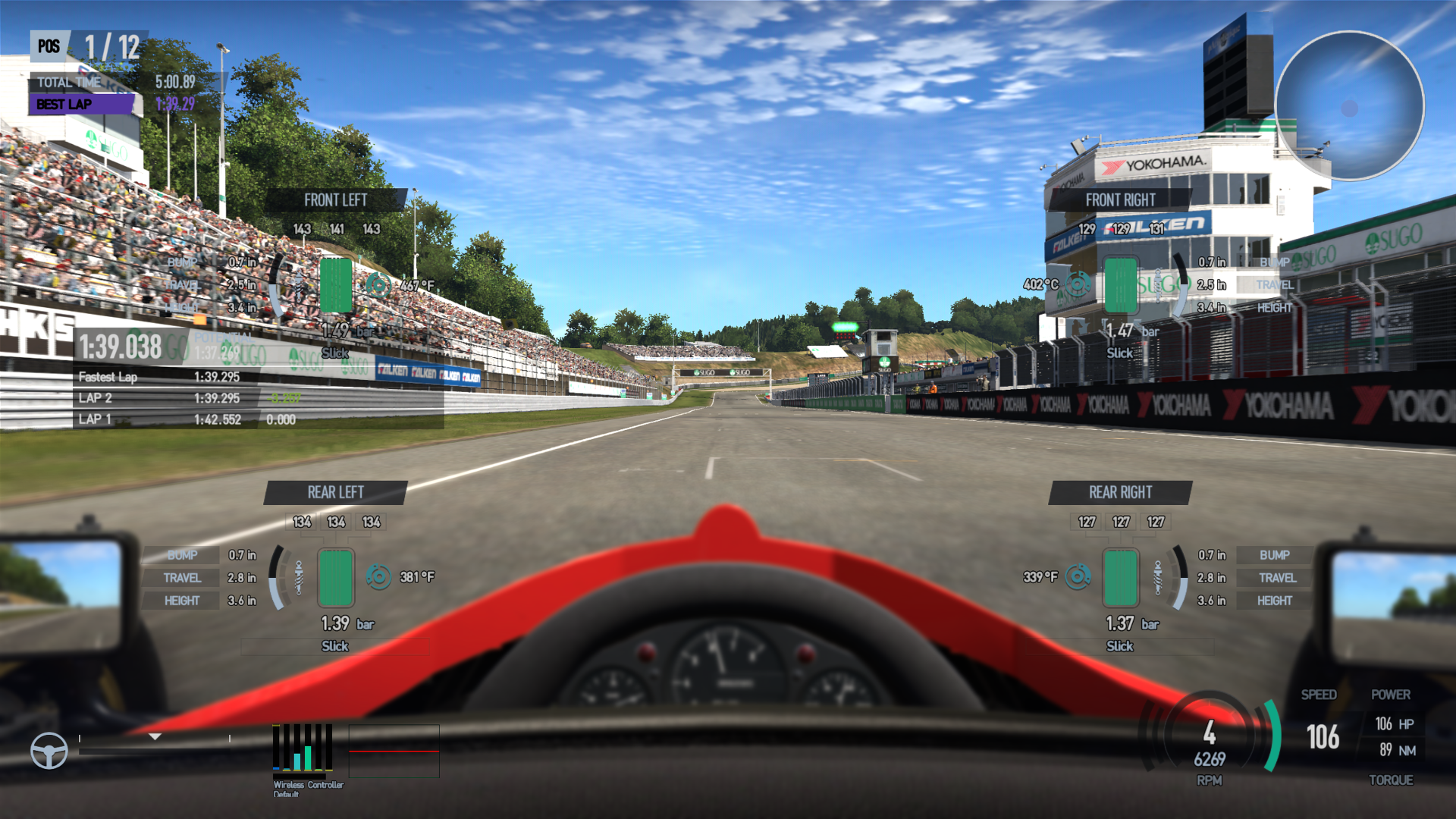
-
Project Cars 2 Review 17
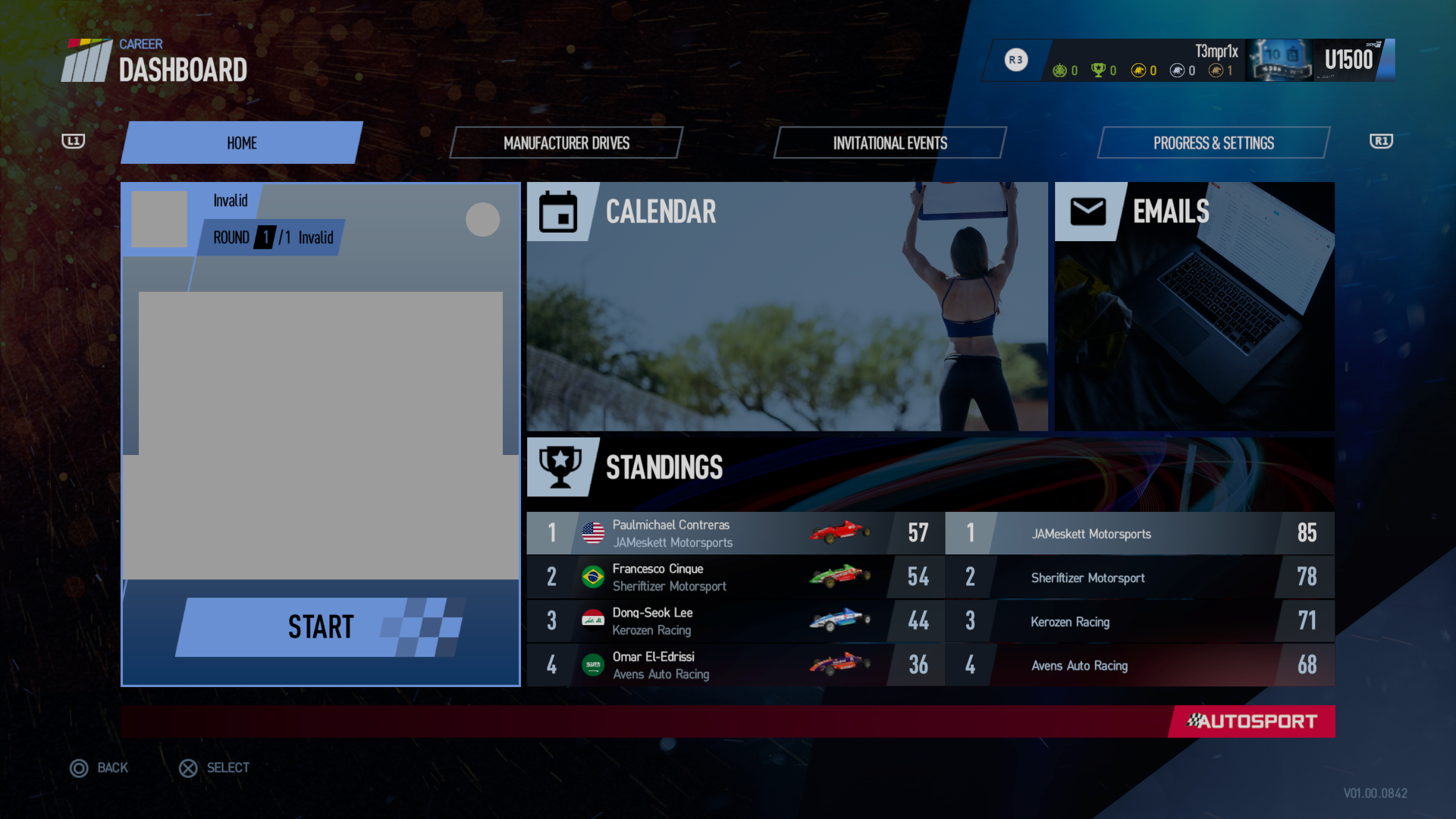
-
Project Cars 2 Review 18
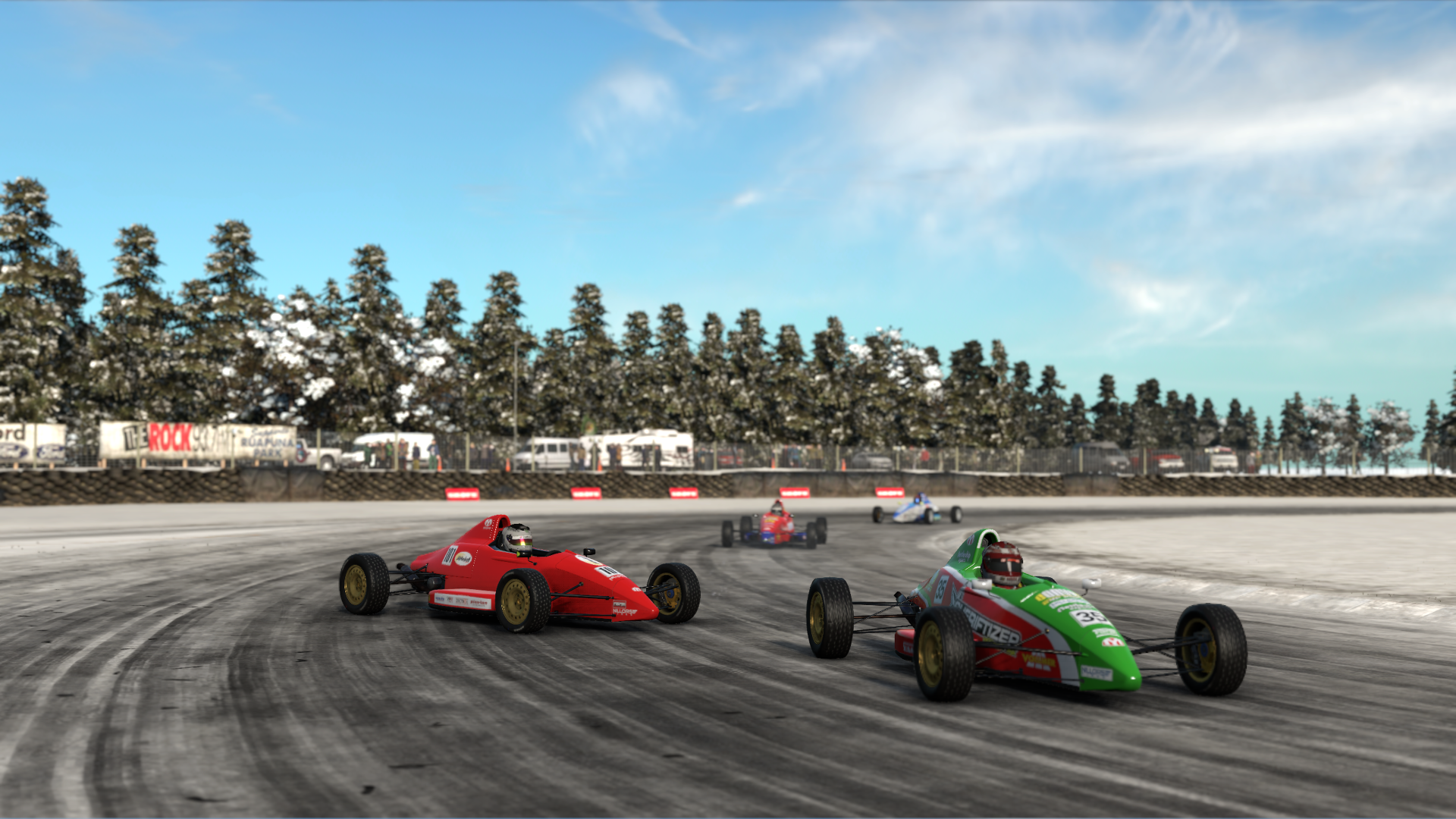
-
Project Cars 2 Review 19
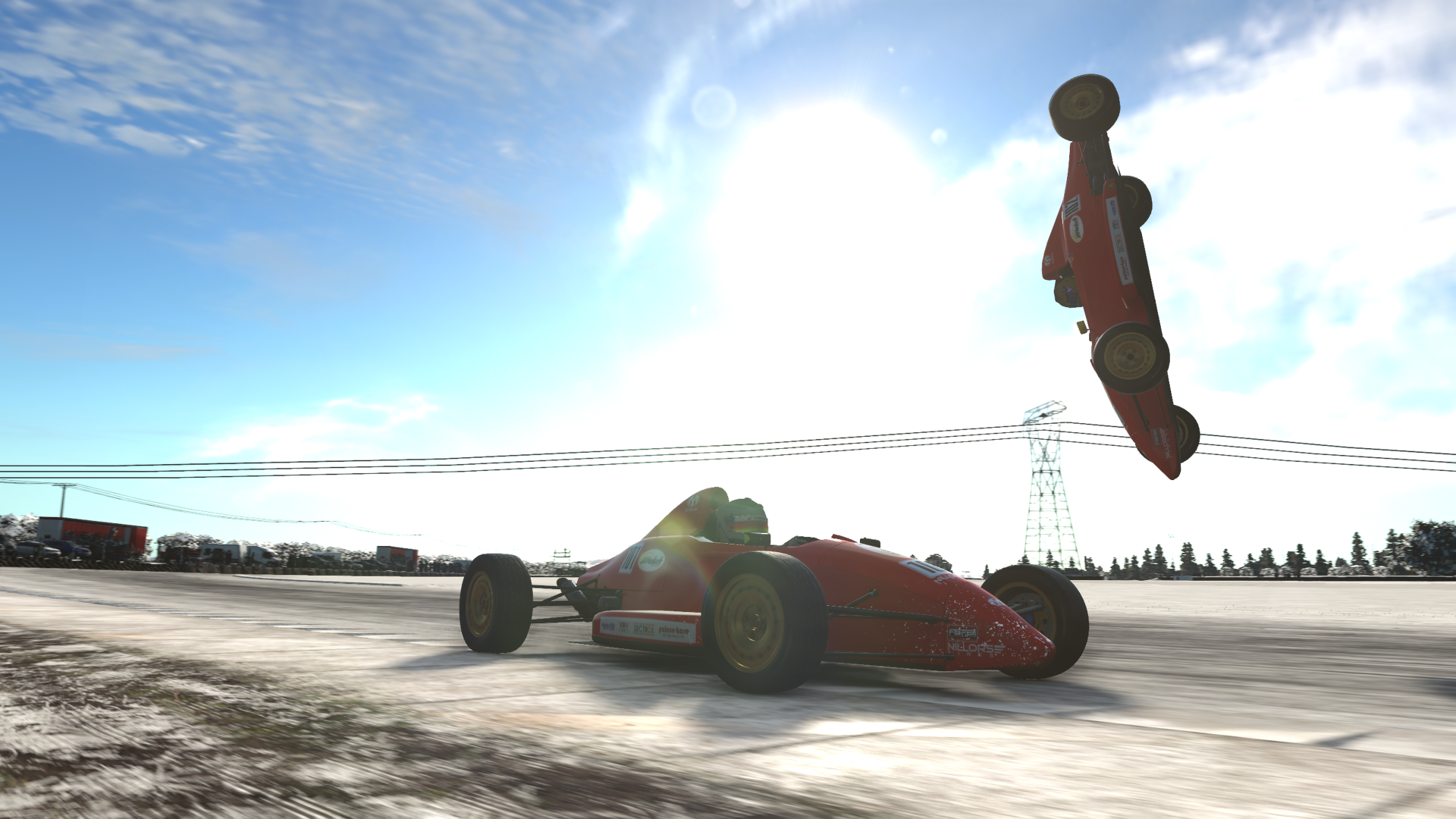
-
Project Cars 2 Review 20

-
Project Cars 2 Review 21
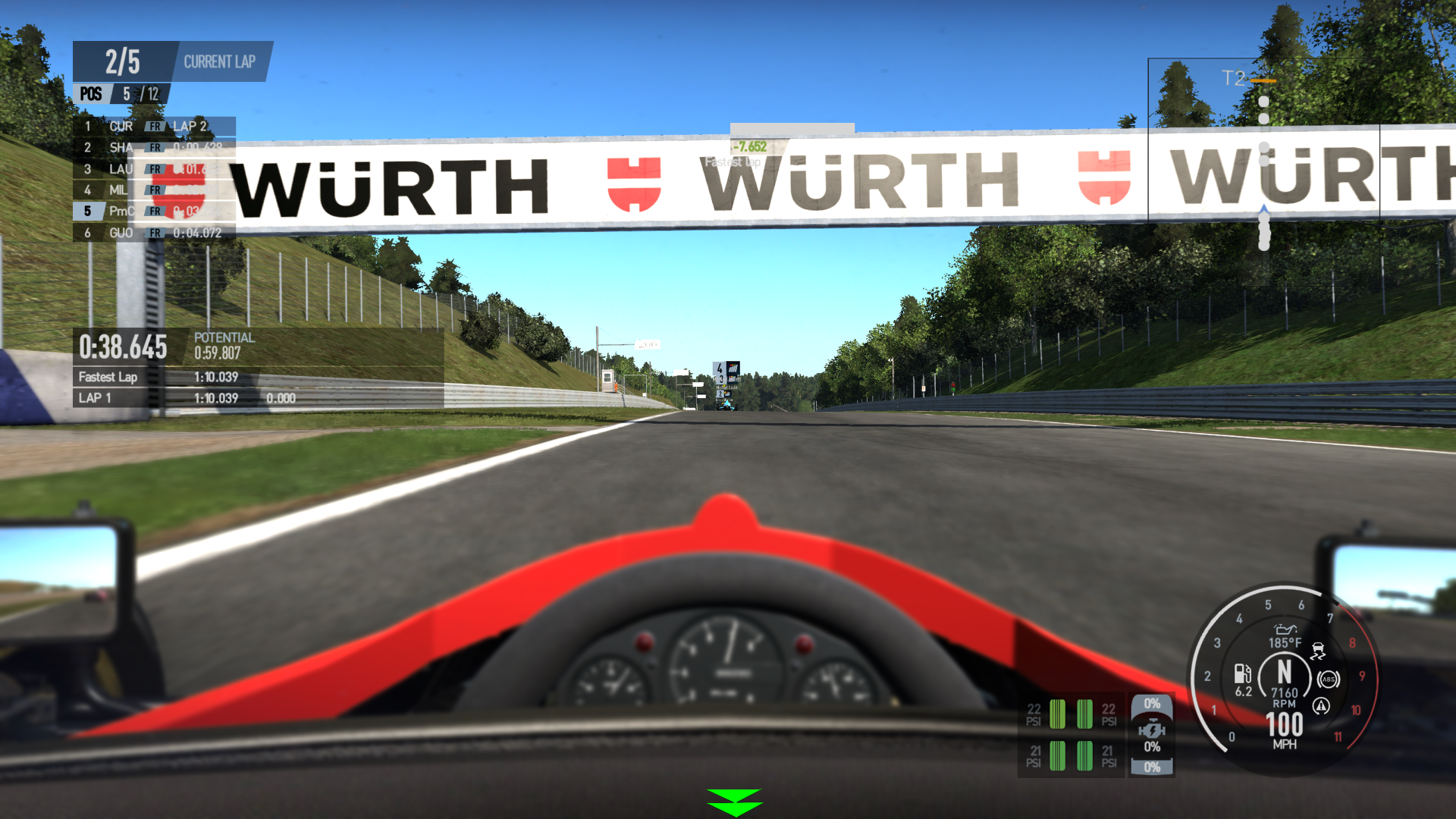
-
Project Cars 2 Review 22
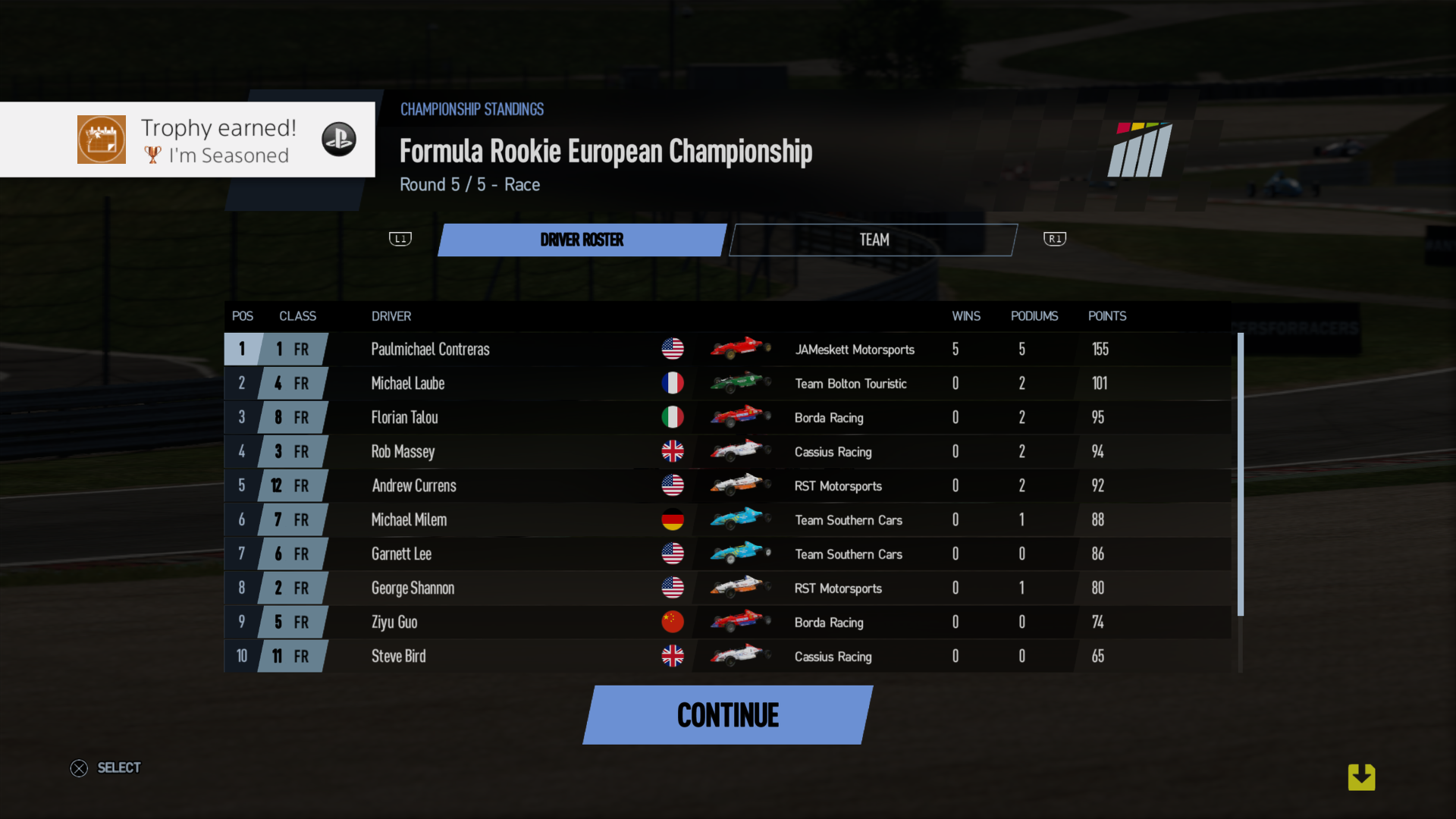
-
Project Cars 2 Review 23
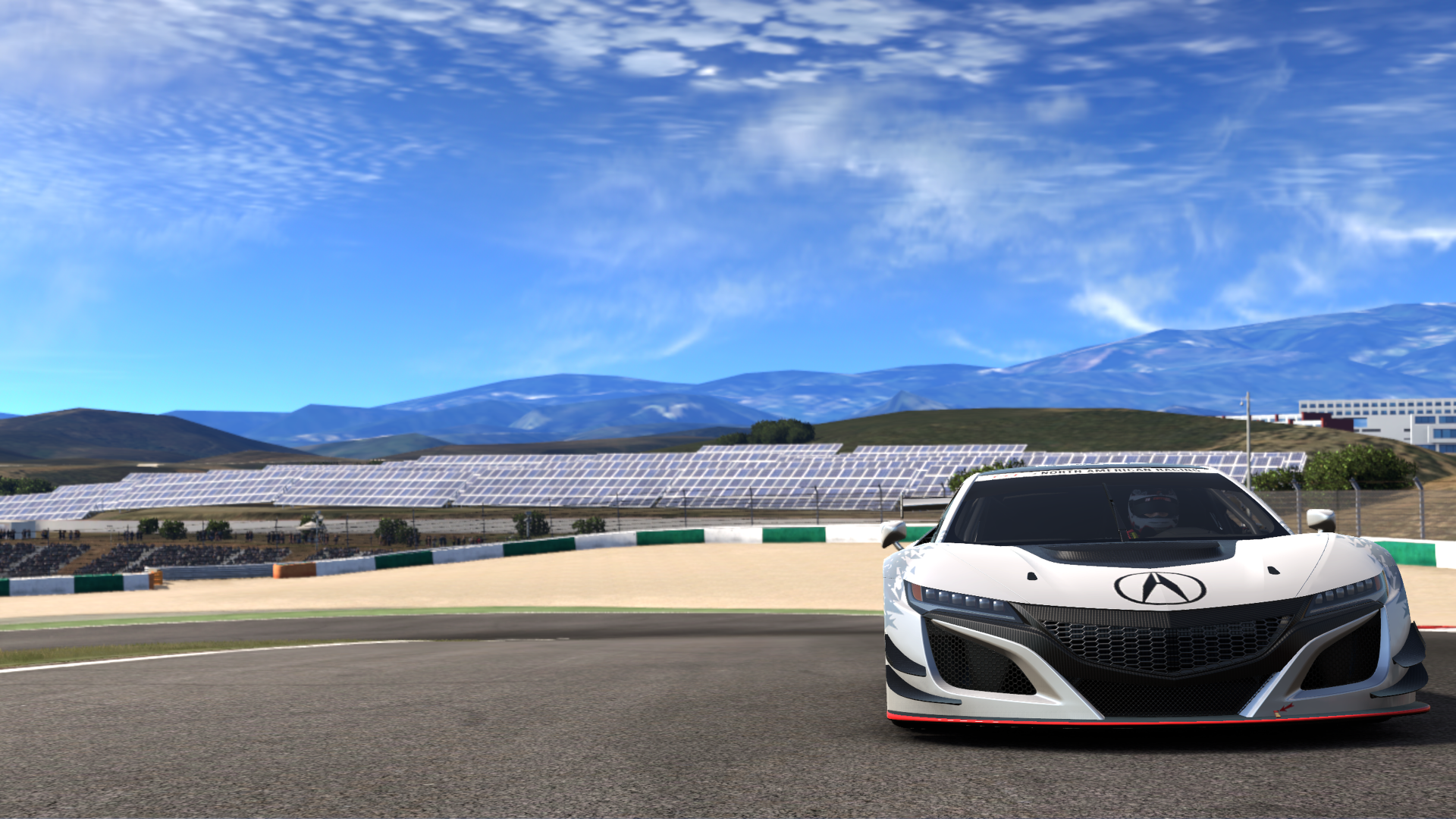
-
Project Cars 2 Review 24
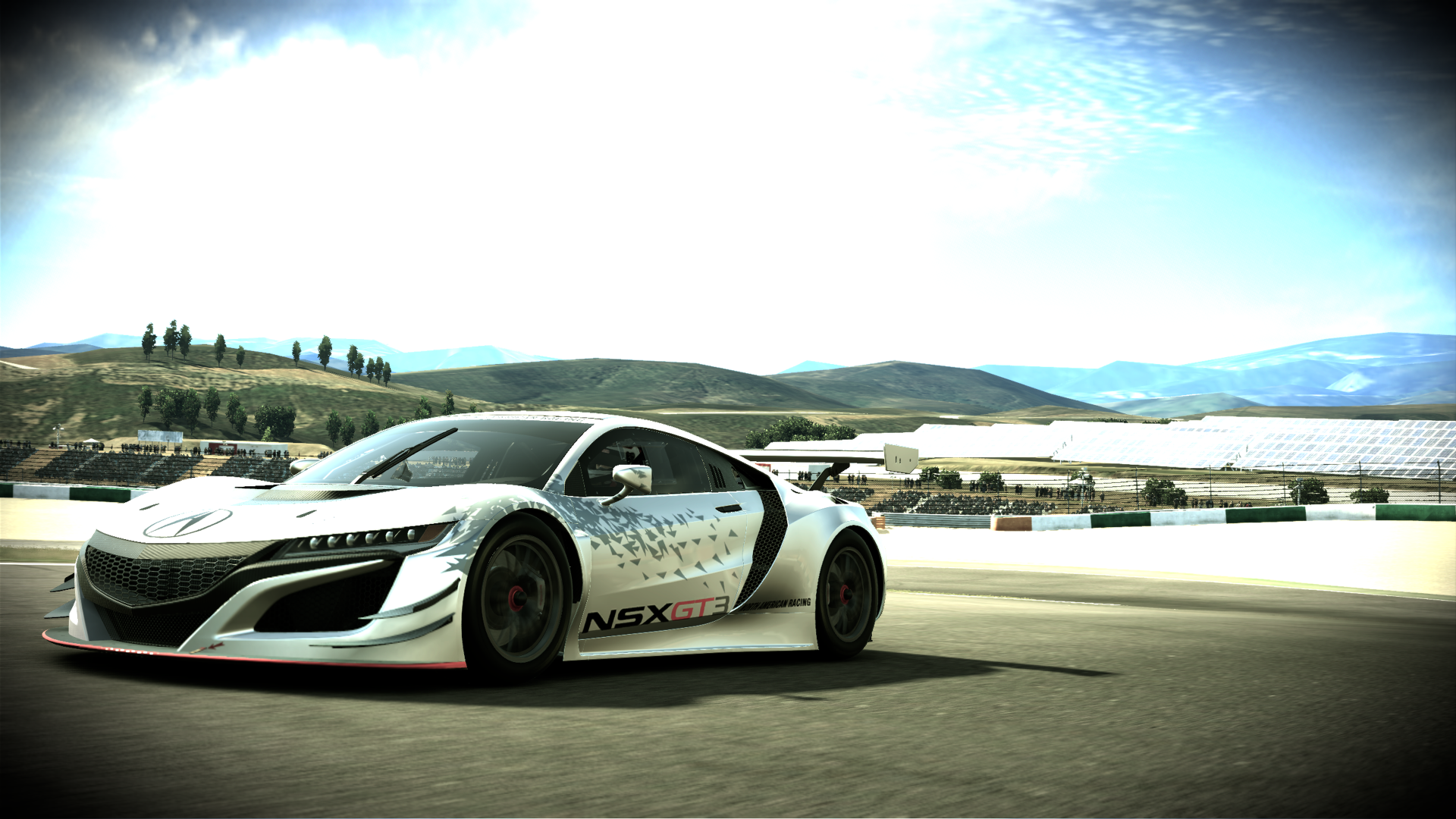
-
Project Cars 2 Review 25
